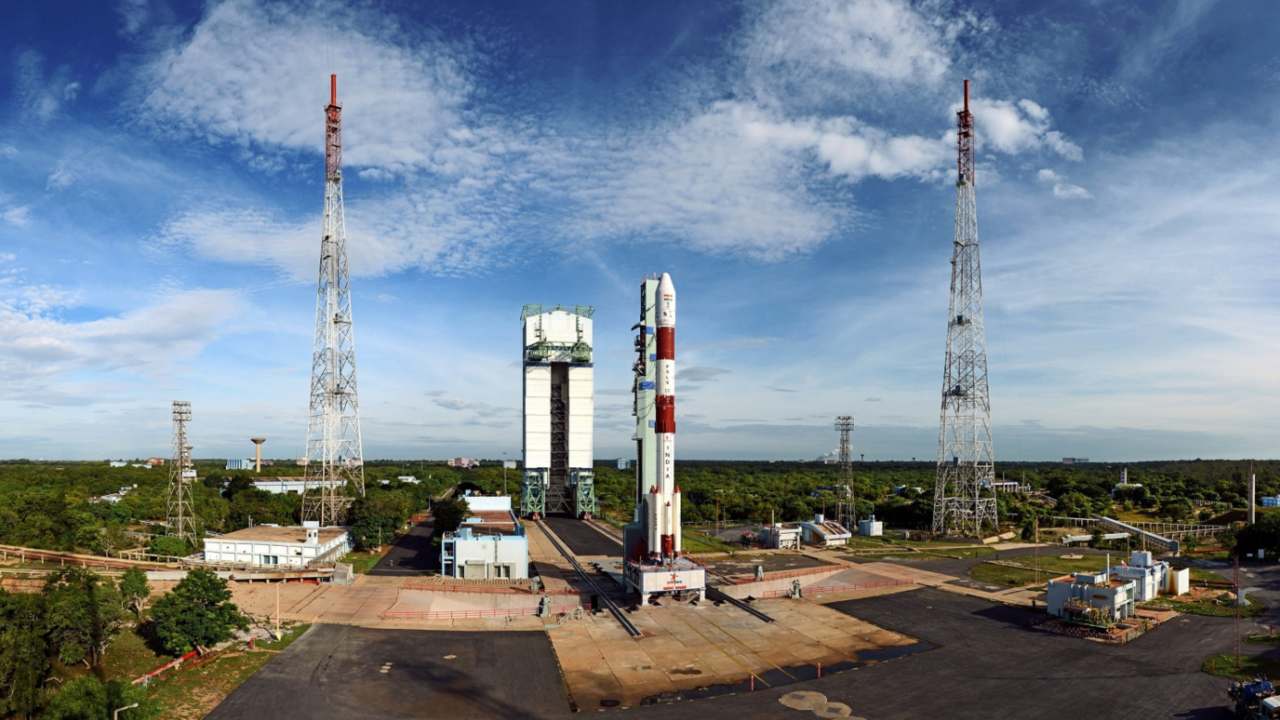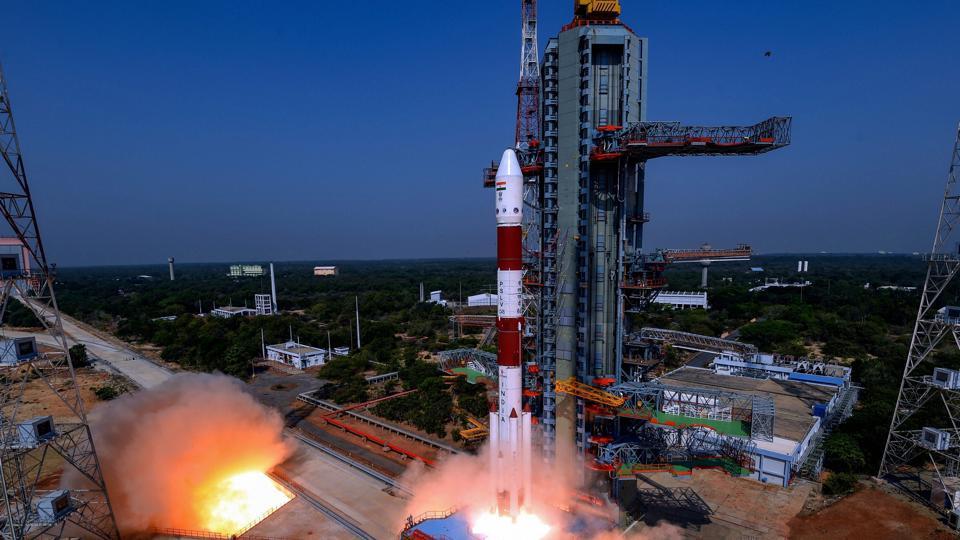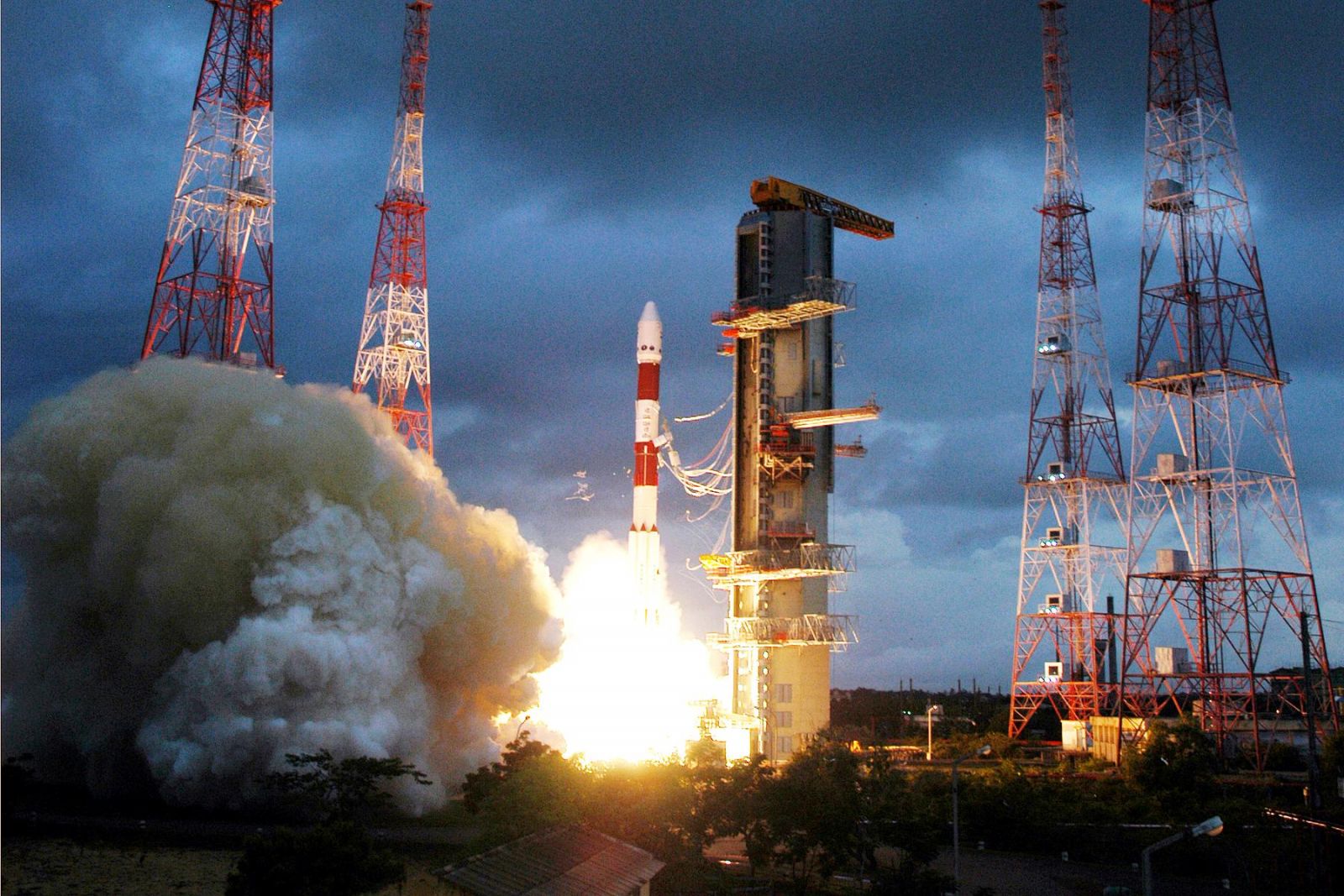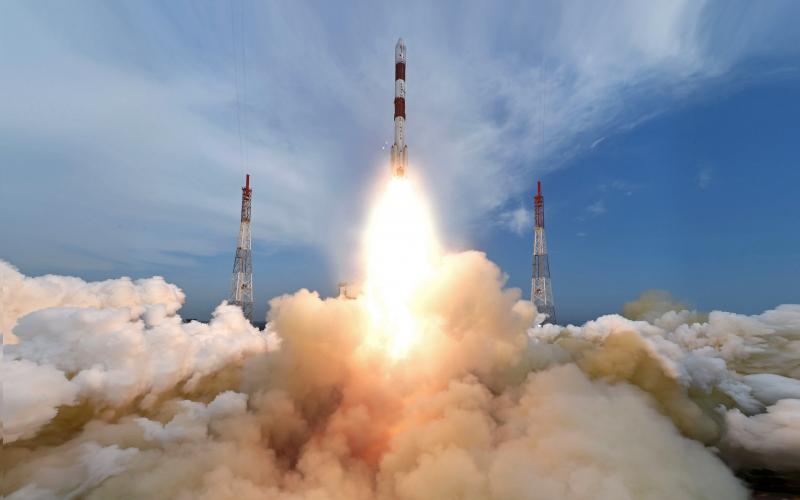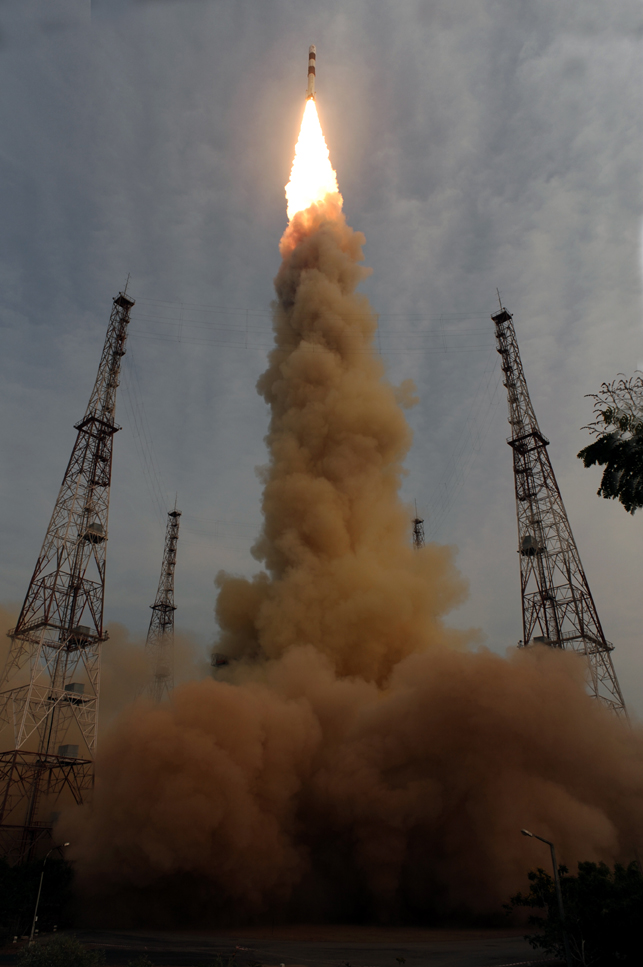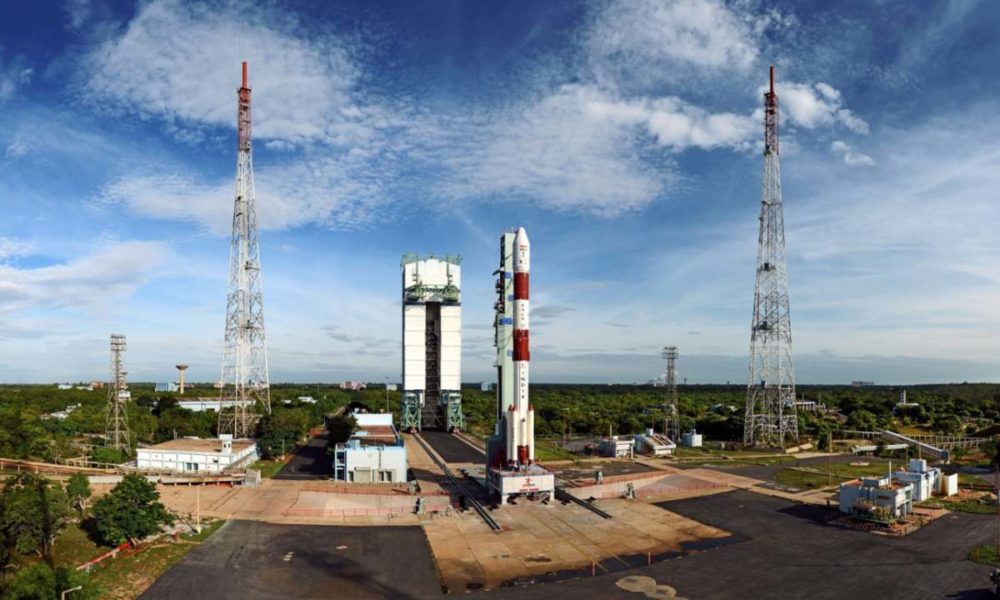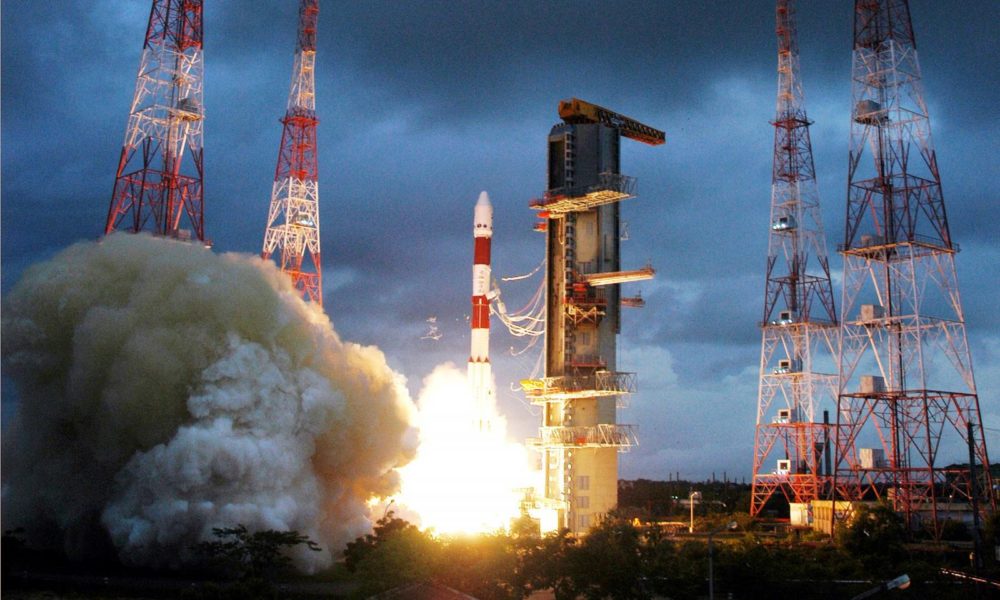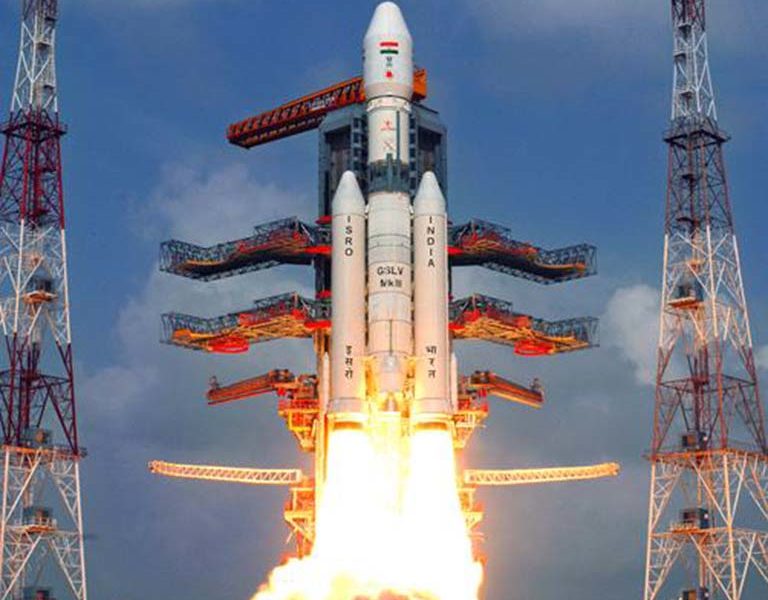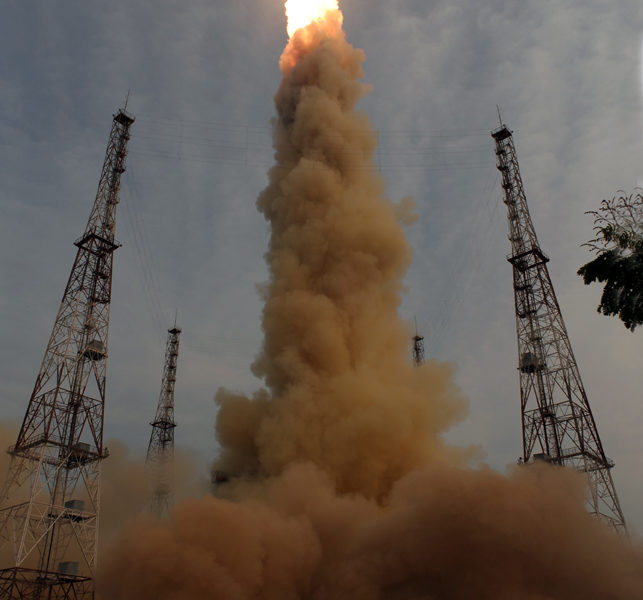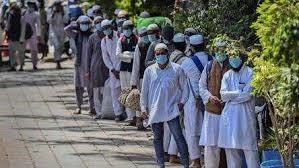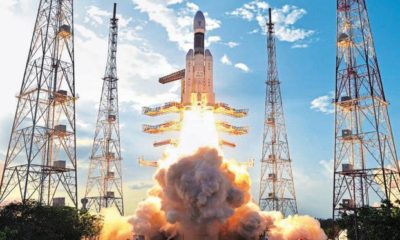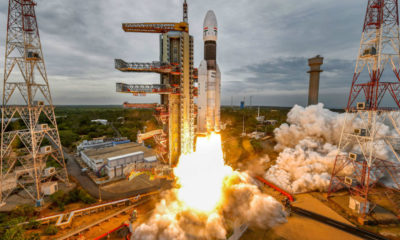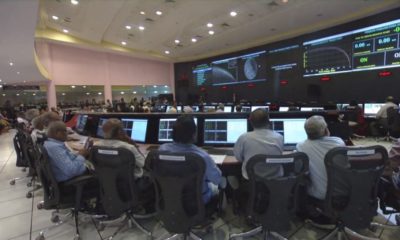Feature
For terrorists’ surveillance ISRO puts RISAT-2B into orbit
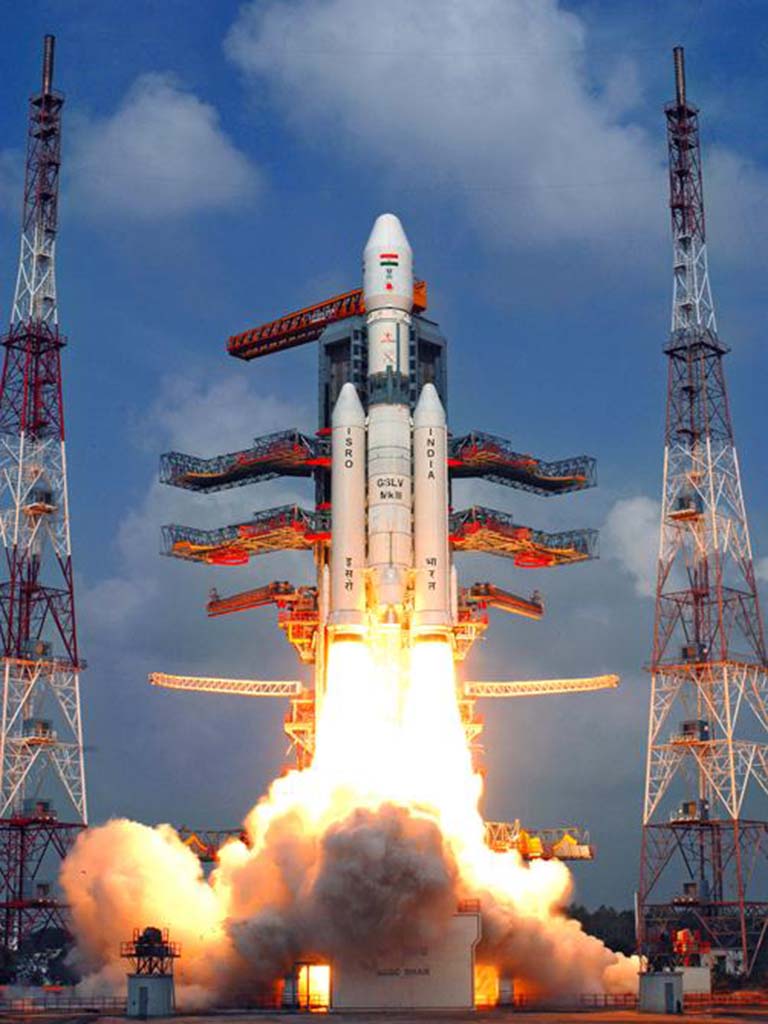
Sriharikota: In a pre-dawn launch on Wednesday, Indian Space Research Organisation (ISRO) scripted history by successfully launching earth observation satellite RISAT-2B that would enhance the country’s surveillance capabilities among others.
As the 25-hour countdown which had began on Tuesday concluded, the agency’s trusted workhorse, the Polar Satellite Launch Vehicle (PSLV-C46) blasted off at 5.30 am from the first launch pad of the Satish Dhawan Space Centre here on its 48th mission, carrying the 615 kg satellite.
The RISAT-2B (Radar Imaging Satellite-2B), meant for application in fields such as surveillance, agriculture, forestry and disaster management support, was successfully released into its orbit at about 15 minutes and 30 seconds after the lift-off.
Commenting on the launch from the Mission Control Centre, ISRO Chairman K Sivan said that the PSLV-C46 successfully injected RISAT-2B precisely in the designated orbit of 555 km, with an inclination of 37 degrees.
“This particular mission for PSLV is a very, very important mission. With this launch, PSLV lofts 50 tonnes to space by launching 354 satellites, including national, student and foreign satellites,” Sivan said.
The ISRO chairman said the PSLV-C46 carried two important piggyback payloads, an indigenously developed processor and a low cost Inertial Navigation System. “It is going to revolutionise our future launch vehicle missions” he said.
Sivan said the RISAT-2B is an advanced earth observation satellite. “In this satellite, another very complex new technology has flown. That is a 3.6 metre unfurlable radial rib antenna. This is also going to be the technology of the future,” he added.
On future launches, Sivan said, “The next mission-Chandrayaan-2-is going to be a landmark mission for India. It is going to be the most complex mission ever undertaken by ISRO. It is going to take place between July 9 and July 16 this year.”
To keep eye on terrorists’ activities ISRO launch RISAT-2B:
He added that the landing on the moon is expected to be on September 6. “It is going to land at a particular location where nobody has gone before.” After Chandrayaan-2, Sivan said, “ISRO would look at launching the very high resolution CARTOSAT 3 satellite.”
“A second demonstration of the reusable launch vehicle is going to happen in the coming months. Cost effective small satellite launch vehicle developments are also going to take place in a few months from now,” he added.
RISAT-2B launched on Wednesday would replace the RISAT-2, which was successfully launched in 2009. The RISAT-2B is equipped with synthetic aperture radar that can take pictures of the earth during day and night, and also under cloudy conditions.
With a mission life of five years, the satellite would also be used for military surveillance, ISRO sources told media persons. The RISAT-2 has been actively used by India to monitor activities in camps across the border in Pakistan to thwart infiltration bids by terrorists.
The PSLV-C46 was the 14th flight of the PSLV in its core-alone configuration sans the use of the solid strap-on motors.It was the 72nd launch vehicle mission from Sriharikota and also marked the 36th launch from the first launch pad.
ISRO had launched RISAT-1, a microwave remote sensing satellite, on April 26, 2012 from Sriharikota and on Wednesday’s launch of the PSLV also marked the third launch in 2019.
The other two were the PSLV-C45/EMISAT mission, which successfully injected the EMISAT and 29 international customer satellites into their orbits on April 1, and the PSLV-C44, which successfully placed the Microsat-R and the Kalamsat-V2 satellites in designated orbits on January 24.
Entertainment
Meghalaya Reserves Legalized Gambling and Sports Betting for Tourists

The State Scores Extra High on Gaming-Friendly Industry Index
Meghalaya scored 92.85 out of 100 possible points in a Gaming Industry Index and proved to be India’s most gaming-friendly state following its recent profound legislation changes over the field allowing land-based and online gaming, including games of chance, under a licensing regime.
The index by the UK India Business Council (UKIBC) uses a scale of 0 to 100 to measure the level of legalisation on gambling and betting achieved by a state based on the scores over a set of seven different games – lottery, horse racing, betting on sports, poker, rummy, casino and fantasy sports
Starting from February last year, Meghalaya became the third state in India’s northeast to legalise gambling and betting after Sikkim and Nagaland. After consultations with the UKIBC, the state proceeded with the adoption of the Meghalaya Regulation of Gaming Act, 2021 and the nullification of the Meghalaya Prevention of Gambling Act, 1970. Subsequently in December, the Meghalaya Regulation of Gaming Rules, 2021 were notified and came into force.
All for the Tourists
The move to legalise and license various forms of offline and online betting and gambling in Meghalaya is aimed at boosting tourism and creating jobs, and altogether raising taxation revenues for the northeastern state. At the same time, the opportunities to bet and gamble legally will be reserved only for tourists and visitors.
“We came out with a Gaming Act and subsequently framed the Regulation of Gaming Rules, 2021. The government will accordingly issue licenses to operate games of skill and chance, both online and offline,” said James P. K. Sangma, Meghalaya State Law and Taxation Minister speaking in the capital city of Shillong. “But the legalized gambling and gaming will only be for tourists and not residents of Meghalaya,” he continued.
To be allowed to play, tourists and people visiting the state for work or business purposes will have to prove their non-resident status by presenting appropriate documents, in a process similar to a bank KYC (Know Your Customer) procedure.
Meghalaya Reaches Out to a Vast Market
With 140 millions of people in India estimated to bet regularly on sports, and a total of 370 million desi bettors around prominent sporting events, as per data from one of the latest reports by Esse N Videri, Meghalaya is set to reach out and take a piece of a vast market.
Estimates on the financial value of India’s sports betting market, combined across all types of offline channels and online sports and cricket predictions and betting platforms, speak about amounts between $130 and $150 billion (roughly between ₹9.7 and ₹11.5 lakh crore).
Andhra Pradesh, Telangana and Delhi are shown to deliver the highest number of bettors and Meghalaya can count on substantial tourists flow from their betting circles. The sports betting communities of Karnataka, Maharashtra, Uttar Pradesh and Haryana are also not to be underestimated.
Among the sports, cricket is most popular, registering 68 percent of the total bet count analyzed by Esse N Videri. Football takes second position with 11 percent of the bets, followed by betting on FIFA at 7 percent and on eCricket at 5 percent. The last position in the Top 5 of popular sports for betting in India is taken by tennis with 3 percent of the bet count.
Local Citizens will Still have Their Teer Betting
Meghalaya residents will still be permitted to participate in teer betting over arrow-shooting results. Teer is a traditional method of gambling, somewhat similar to a lottery draw, and held under the rules of the Meghalaya Regulation of the Game of Arrow Shooting and the Sale of Teer Tickets Act, 2018.
Teer includes bettors wagering on the number of arrows that reach the target which is placed about 50 meters away from a team of 20 archers positioned in a semicircle.
The archers shoot volleys of arrows at the target for ten minutes, and players place their bets choosing a number between 0 and 99 trying to guess the last two digits of the number of arrows that successfully pierce the target.
If, for example, the number of hits is 256, anyone who has bet on 56 wins an amount eight times bigger than their wager.

